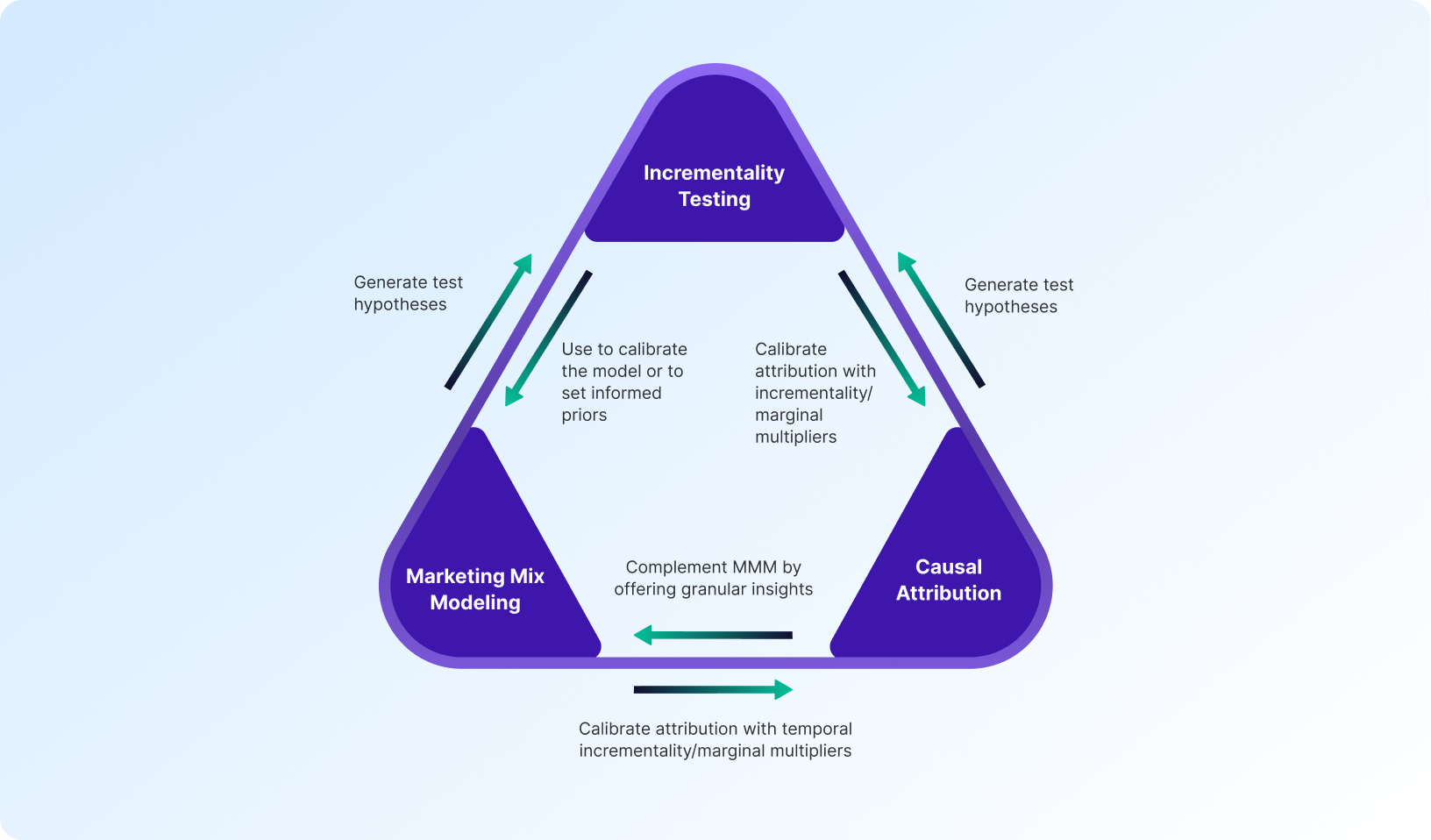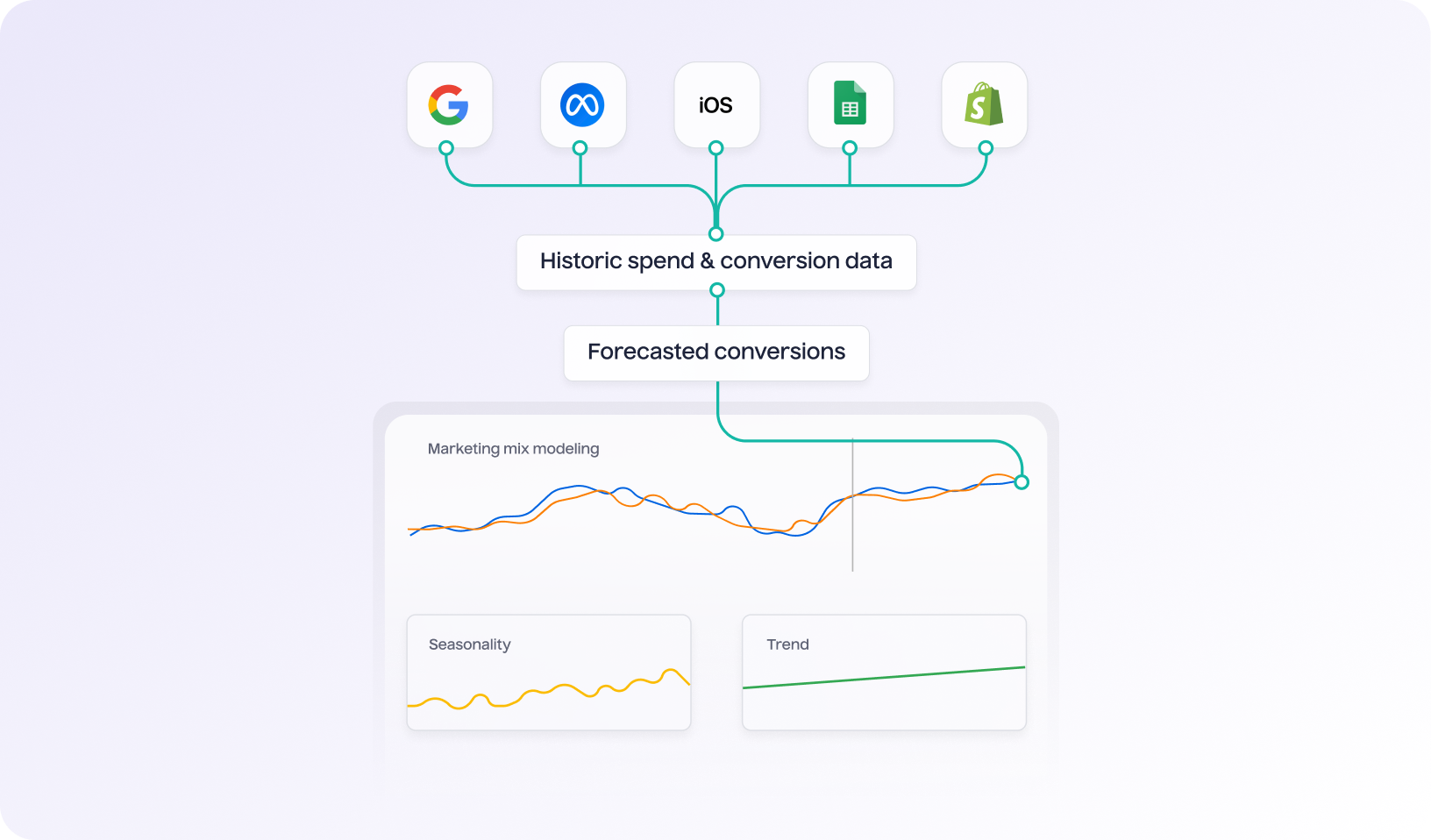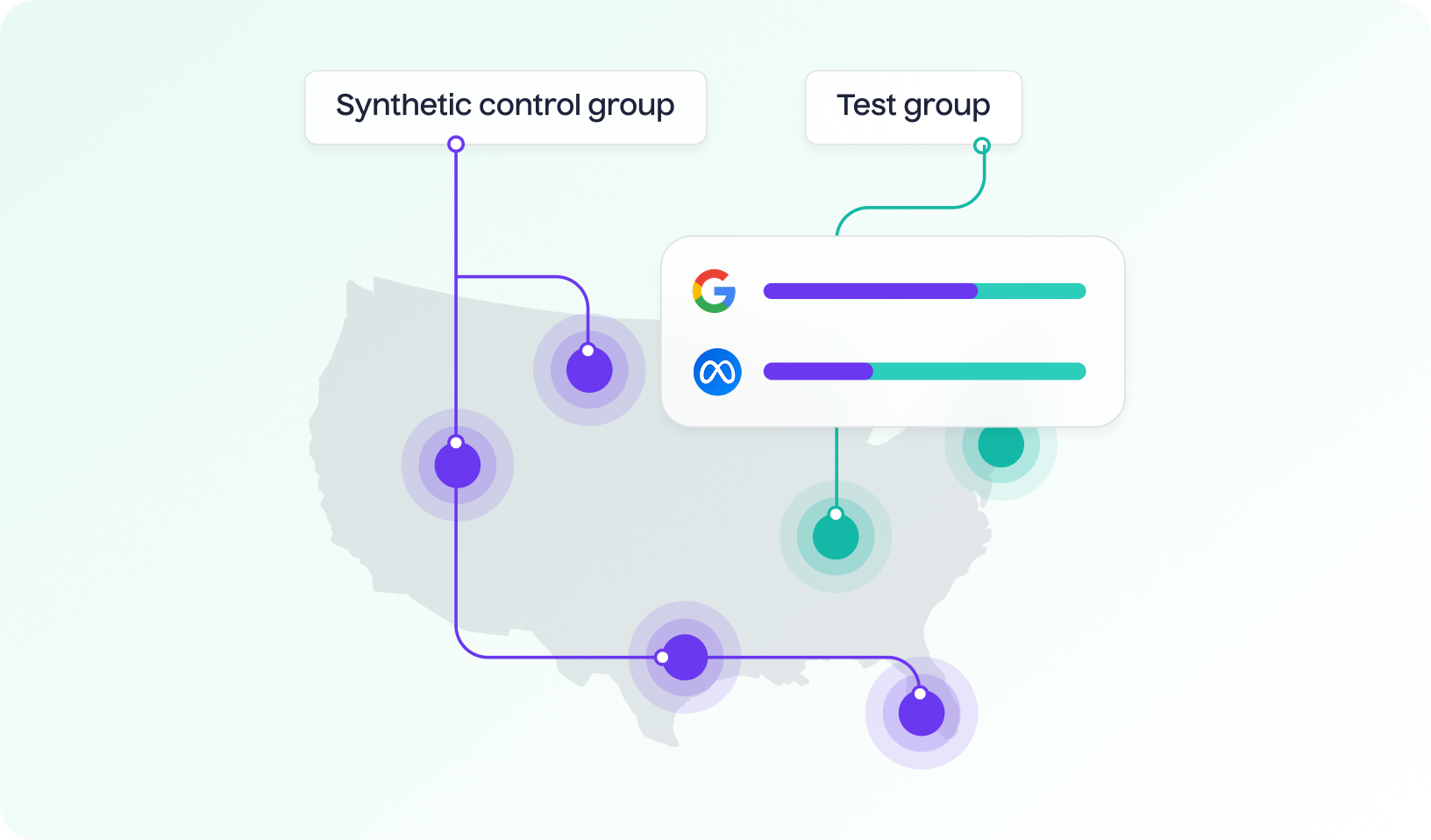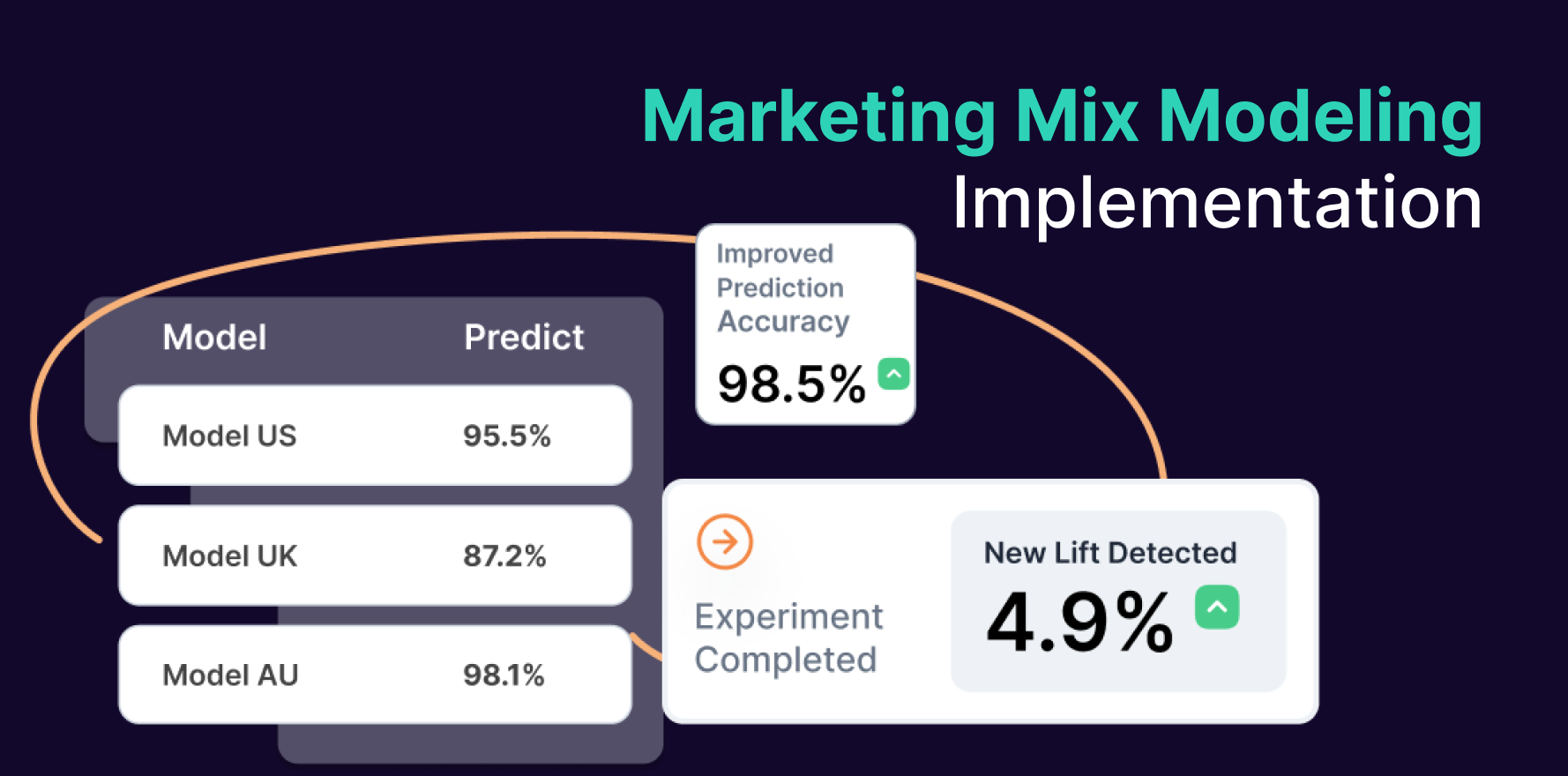Marketers have long depended on web analytics tools to gauge campaign performance. These platforms offer an array of clean, easy-to-read dashboards filled with metrics such as page views, bounce rates, session durations, and conversion rates. At first glance, these numbers appear to provide clarity, but do they actually tell the true story of marketing success?
Here’s the issue: Marketers often confuse web analytics with marketing measurement. They are not the same. One tracks user behavior on a website; the other evaluates the actual impact of marketing on business outcomes. Using a behavioral tool to answer measurement questions is like using a thermometer to forecast the weather – it’s the wrong tool for the job.
The reality is that web analytics is not a measurement tool; it’s a behavioral tracking tool. It tells you what users are doing but not why they are doing it or whether marketing efforts are actually driving revenue. This distinction is crucial, yet many businesses blur the lines and make the mistake of treating web analytics as a decision-making framework, leading to skewed budget allocations and misleading performance assessments.
A study found that only 37% of marketers feel confident in measuring marketing impact accurately. This low confidence stems from the limitations of traditional analytics tools, which fail to measure true incrementality, misattribute conversions, and struggle with cross-channel interactions.
The solution? True marketing measurement tools that go beyond surface-level web analytics and provide incrementality insights, multi-touch attribution, and budget optimization frameworks. In this blog, we’ll break down the key differences between web analytics and marketing measurement tools, explain why attribution in web analytics is flawed, and explore how modern measurement solutions can help marketers move from guessing to knowing.
What web analytics actually measures (and what it misses)
Web analytics tools like Google Analytics and Adobe Analytics are powerful platforms for tracking user behavior. They provide metrics like clicks, sessions, bounce rates, time on site, and conversion rates, which offer a snapshot of how visitors engage with a website.
However, these tools focus on the “what” but fail to answer the “why” behind conversions. They tell marketers that a user visited a webpage but not what influenced them to take action. Was it an ad? A brand recall from an offline campaign? A word-of-mouth recommendation? Web analytics lacks the ability to connect marketing efforts to actual business outcomes.
And that’s the core misunderstanding: Marketers often ask web analytics to answer questions it was never designed to solve. It wasn’t built to measure the ROI of your entire marketing strategy or help you allocate budget across channels. That’s a job for measurement tools.
Web analytics is a reliable source of truth for early-stage businesses running simple, direct-response campaigns. It provides decent conversion data, helping marketers track the immediate impact of their efforts. However, as businesses scale and expand their marketing mix, these tools start to crumble under complexity.
Three significant pitfalls of web analytics in a growing business
As businesses invest in multi-channel strategies, including paid social, organic search, email, TV, and offline advertising, web analytics fails to provide a holistic view of marketing effectiveness. This leads to:
1. Baseline sales misattribution
Many ads target users who are already likely to buy, creating a false sense of impact. Web analytics tools do not differentiate between truly incremental sales and those that would have happened anyway. This often overstates the value of paid media, leading businesses to waste budgets on non-incremental conversions.
2. Tracking limitations
As privacy restrictions tighten, cookie-based tracking is becoming less reliable. Ad blockers, iOS privacy updates, and GDPR make tracking users across devices and sessions harder. Web analytics tools cannot accurately connect cross-device journeys, leading to data gaps and misleading attribution.
3. Misallocation of budget
Channels that “harvest” conversions, such as branded search and retargeting ads, often get undue credit. Since web analytics attributes sales to the last touchpoint, higher funnel efforts like prospecting and awareness campaigns appear ineffective, even if they are crucial in driving conversion. This leads businesses to overinvest in bottom-funnel tactics while underfunding the strategies that drive long-term growth.
Growing businesses need more than just behavioral tracking. They need true marketing measurement tools to quantify incrementality, cross-channel impact, and long-term brand growth.
How does a marketing measurement tool solve these problems?
Marketers are realizing that relying on last-click attribution and cookie-based tracking is not only misleading but also unsustainable in a privacy-first world. This has led to the rise of unified marketing measurement tools that are purpose-built to answer a different kind of question: Is our marketing working?
Unlike web analytics, measurement tools are designed to evaluate the actual contribution of marketing efforts across channels, touchpoints, and customer journeys. This has led to the rise of unified marketing measurement frameworks that go beyond behavioral tracking and provide a holistic, data-driven approach to understanding marketing impact.
Instead of relying on a single flawed methodology, modern measurement approaches combine multiple models to validate results. The industry is shifting towards unified measurement models (UMM), a comprehensive approach integrating three main methods to deliver accurate, actionable insights. Learn more about the importance of Unified Marketing Measurement. 
Key components of marketing measurement tools
1. MMM
One of the most powerful methodologies within marketing measurement is marketing mix modeling (MMM). It uses statistical analysis to determine the incremental contribution of each marketing channel. By analyzing historical data, it can quantify the impact of online and offline channels, including digital ads, TV, radio, sponsorships, and even macroeconomic factors, helping marketers make more informed budget allocation decisions.
When fine-tuned effectively, MMM can also capture important dynamics such as halo effects, synergies, and cannibalization:
- Halo effect: This occurs when an advertising effort in one channel positively influences conversions in another channel. For example, increased ad spend on Facebook might boost product sales on Amazon.
- Synergies: These represent the combined impact of multiple marketing channels working together, where the outcome is greater than the sum of individual channel contributions.
- Cannibalization: This happens when the growth in conversions from one channel leads to a decline in conversions from another channel.
Understanding these effects is essential for optimizing marketing strategies across different products and brands, ensuring that resources are used efficiently to drive the best possible outcomes.

Continue reading: Top Marketing Mix Modeling Tools for 2025
2. Incrementality testing
Another critical component is incrementality testing, which helps isolate the real impact of a marketing campaign. Instead of assuming that an ad drove every conversion recorded by an analytics platform, incrementality testing determines whether an ad was truly responsible for a sale or if the customer would have converted anyway.
This approach is crucial in identifying over-attribution in web analytics, particularly for channels like branded search and retargeting, which often take credit for conversions that would have happened organically.

Web Analytics vs. Marketing Measurement: A Side-by-Side Comparison
Below is a side-by-side comparison to highlight why modern measurement tools provide a more accurate, actionable view of marketing performance:
| Feature | Web Analytics | Marketing Measurement Tool |
|---|---|---|
| Purpose | Tracks user behavior (e.g., clicks, page views, time on site) | Measures true impact of marketing on business outcomes |
| Data Focus | Website interactions and traffic sources | Incrementality, cross-channel impact, and ROI |
| Attribution Model | often last-click attribution | Experiments and statistical modeling |
| Ability to Measure Offline & Brand Marketing | No | Yes (includes TV, radio, out-of-home, and sponsorships) |
| Privacy Compliance | Dependent on cookies & user tracking | Works without cookies using aggregated data |
| Budget Optimization | Limited (relies on last-click or platform ROAS) | Optimized budget allocation based on real contribution |
| Limitations | Cannot differentiate between correlation and causation | Uses statistical models and experiments to isolate causal impact |
| Ideal For | Small businesses focused on basic website performance | Brands looking for data-driven, cross-channel decision-making |
Final Thoughts
Relying on web analytics alone is like navigating a road trip with only a speedometer – you see how fast you’re moving, but you have no idea if you’re heading in the right direction.
On the other hand, marketing measurement tools offer actionable intelligence by combining incrementality testing, marketing mix modeling, and advanced attribution techniques. The future of marketing belongs to those who measure what truly matters, such as incrementality, cross-channel impact, and business outcomes. It’s time to stop guessing and start knowing.
Want to see how marketing measurement can transform your strategy? Book a demo with Lifesight today.
You may also like
Essential resources for your success






















































